
AeroGenie — Votre copilote intelligent.
Tendances
Categories
ITP Aero Secures Five-Year Exclusive MRO Agreement with Summit Helicopters

ITP Aero Secures Five-Year Exclusive MRO Agreement with Summit Helicopters
Strengthening Helicopter Engine Support Capabilities
ITP Aero has entered into a five-year exclusive maintenance, repair, and overhaul (MRO) agreement with Summit Helicopters, reinforcing its position within the helicopter engine support market. Under this partnership, ITP Aero will deliver comprehensive MRO services for Pratt & Whitney Canada PW206 and PW207 engines. All maintenance activities will be carried out at ITP Aero’s state-of-the-art facility located in Albacete, Spain.
Summit Helicopters, based in Salem, Virginia, is a recognized Bell Customer Service Facility and an MD Helicopters Approved Service Center. This agreement highlights the mutual commitment of both companies to provide high-quality engine support for operators of the PW200 engine family, which powers a significant number of light twin-engine helicopters globally.
Partnership Benefits and Industry Implications
John Milko, Global Business Director at Summit Helicopters, emphasized the advantages this collaboration will bring to customers, including enhanced reliability, reduced turnaround times, and improved cost efficiency. Milko noted that the partnership aims to deliver tangible value, allowing operators to focus on safe and efficient flight operations without the disruptions typically associated with maintenance.
From ITP Aero’s perspective, Pablo Fuentes, Director of Small Commercial Engines MRO Programmes, underscored the company’s commitment to supporting Summit Helicopters’ operational performance and deepening their collaborative efforts. The alliance is expected to improve fleet readiness and optimize long-term operational costs for Summit’s customers.
Challenges and Competitive Landscape
The exclusivity of the agreement presents certain challenges for ITP Aero. To maintain sole responsibility for Summit Helicopters’ MRO requirements over the five-year term, the company must consistently demonstrate high performance and innovation. This is particularly critical as competition among MRO providers intensifies and new engine technologies emerge.
Industry analysts suggest that market responses will depend on how effectively ITP Aero aligns its capabilities with Summit’s growth and the increasing demand for MRO services. Competitors may seek to expand their own MRO capacities or establish strategic partnerships to rival ITP Aero’s offerings. The broader industry trend indicates a growing necessity for expanded MRO networks and advanced technological solutions to support the rising number of engines in service, factors that will likely influence competitive dynamics in the sector.
As the partnership progresses, both ITP Aero and Summit Helicopters aim to establish a new benchmark in engine support, prioritizing reliability, efficiency, and value for helicopter operators worldwide.
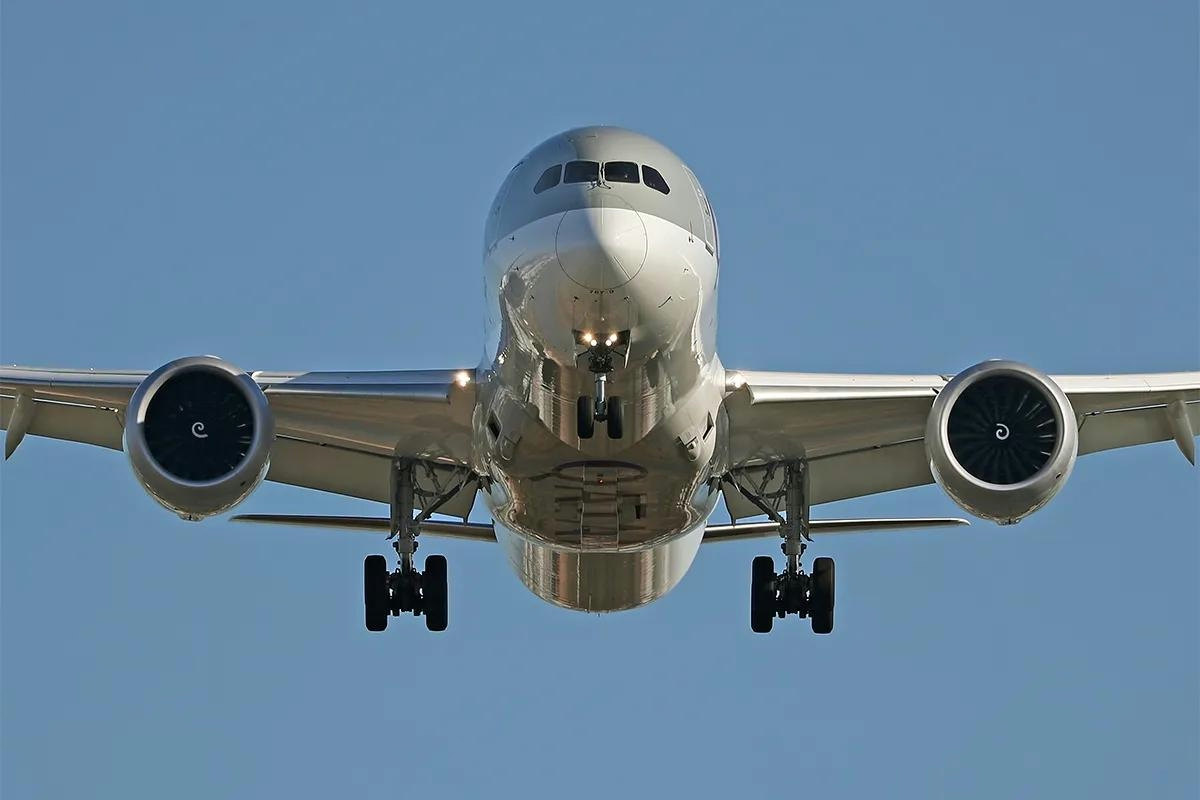
The Fastest Boeing Jet Currently in Service

Quintana Roo Secures $24.3 Million Deal for MRO and Cargo Services

Textron Aviation Appoints Justin Salmans Senior Vice President of Supply Chain

Delivery Delays and Canceled SAF Projects Prompt Focus on Fuel Efficiency
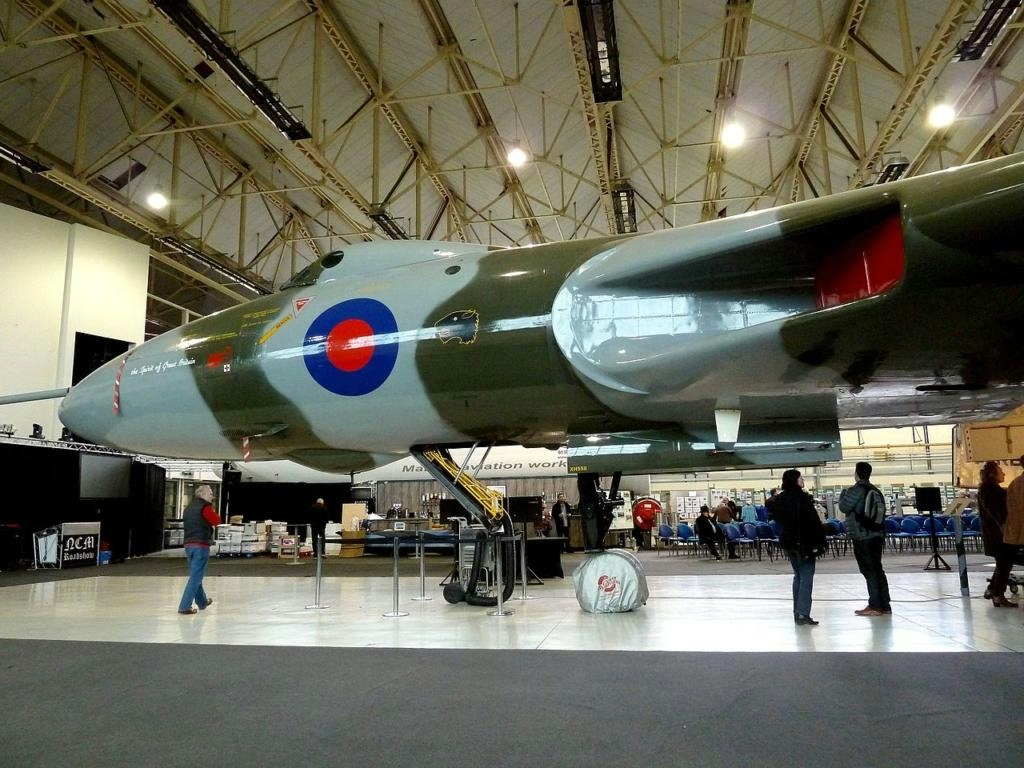
Avro Vulcan XH558 Engine Runs Scheduled at Doncaster Sheffield Airport in 2026
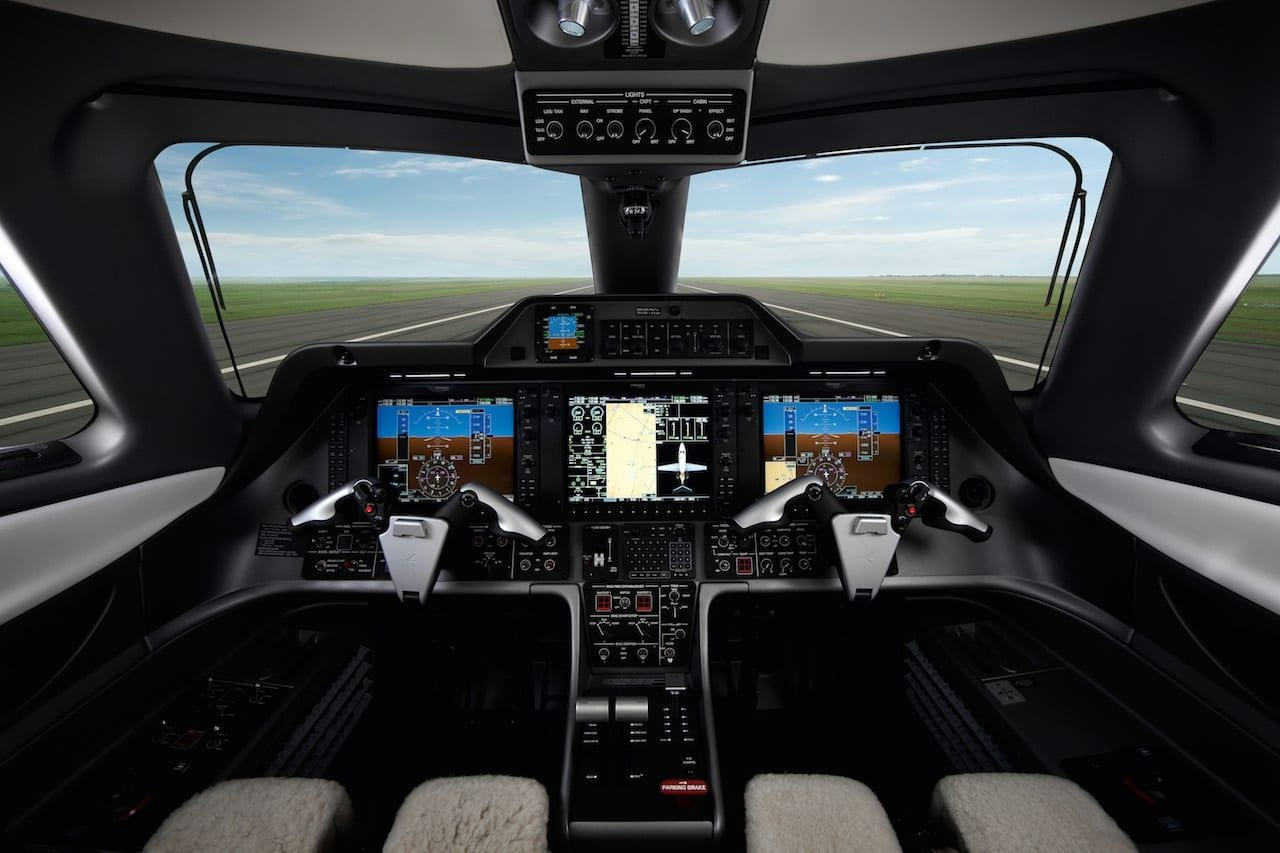
Embraer Unveils AI-Driven Smart Planning Solution
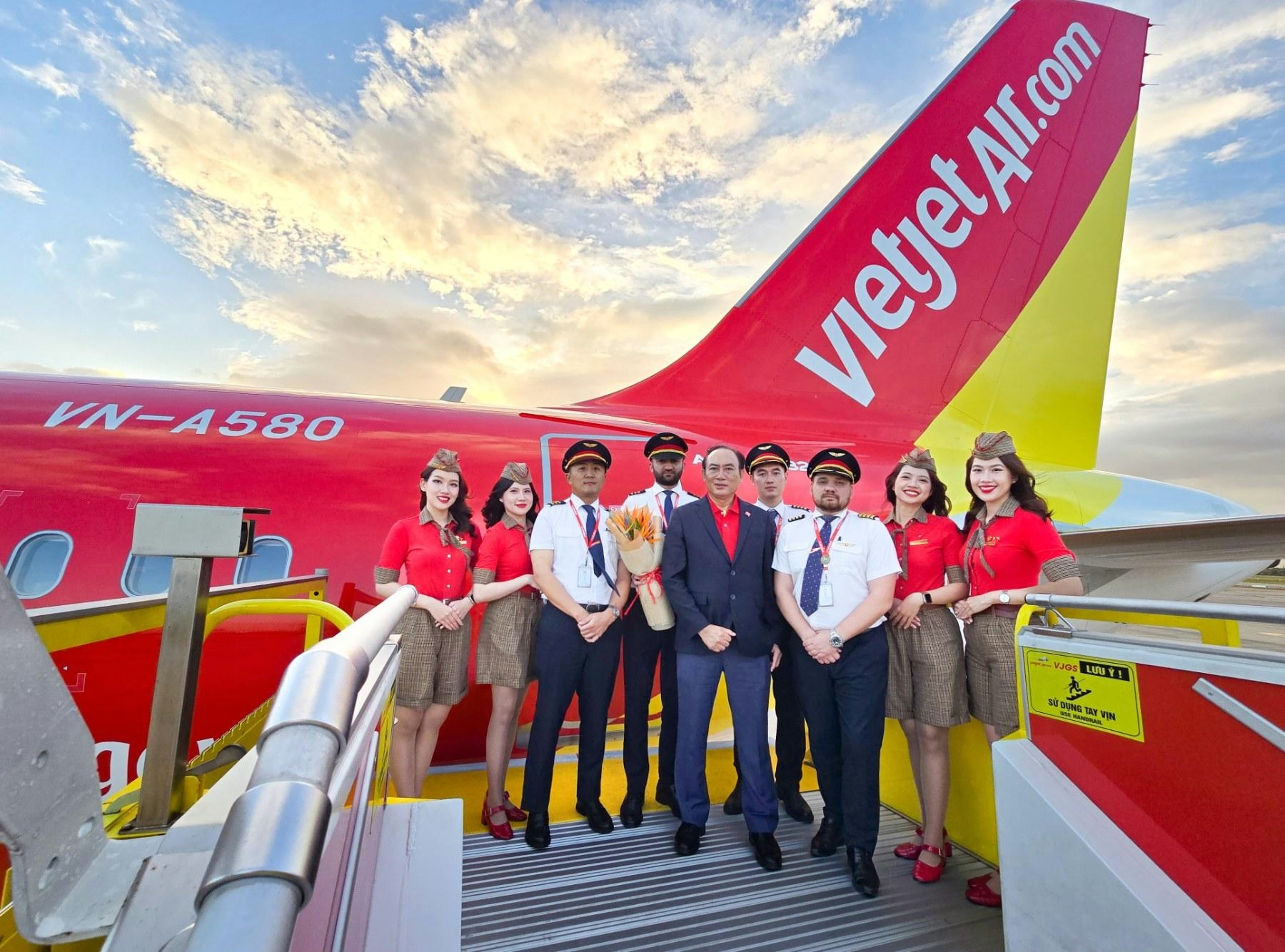
Vietjet Expands Fleet with Delivery of 22 Aircraft
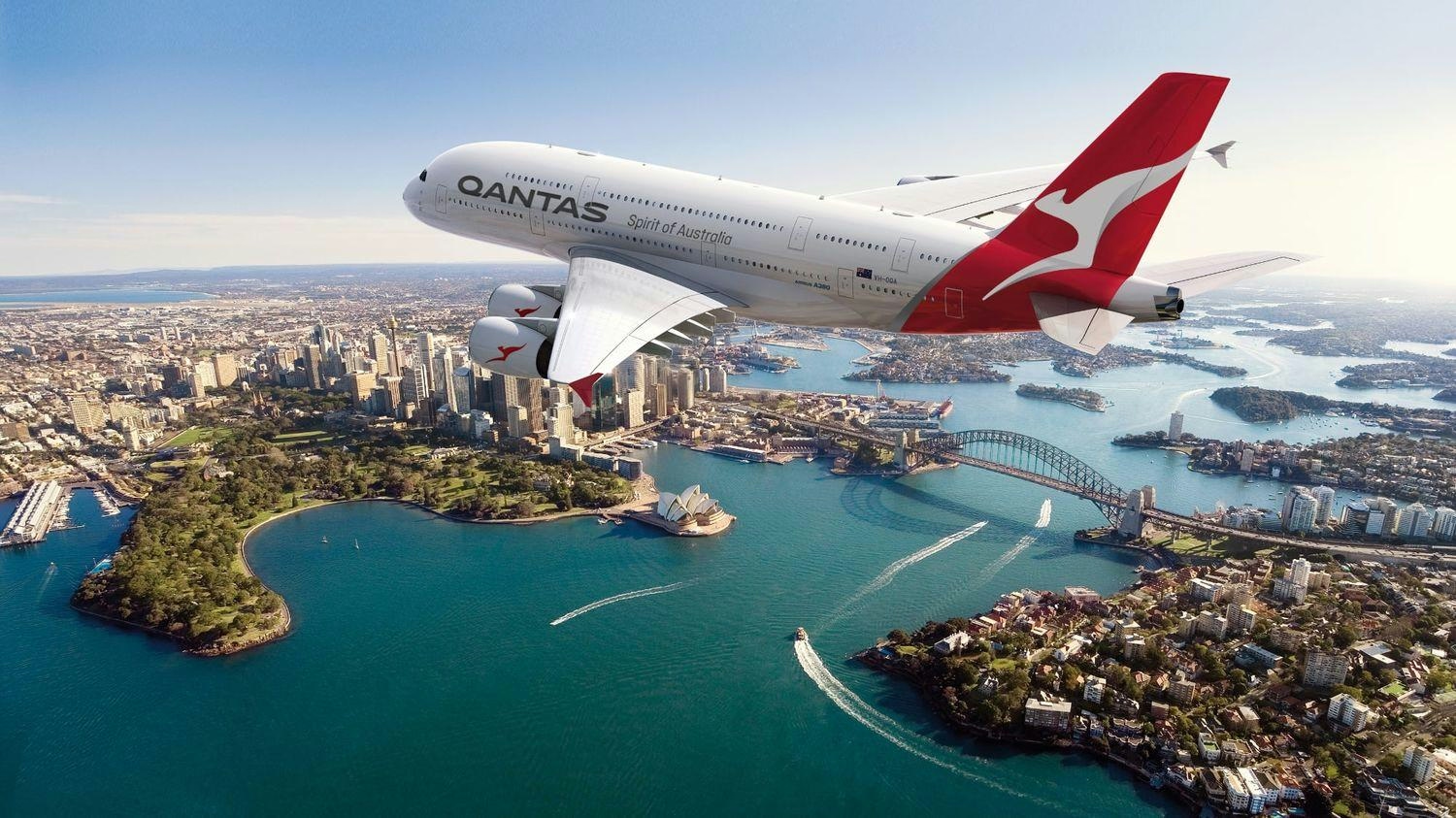
Qantas Returns A380 to Service

Perimeter Aviation Adopts Omnivex Software to Enhance Communications
